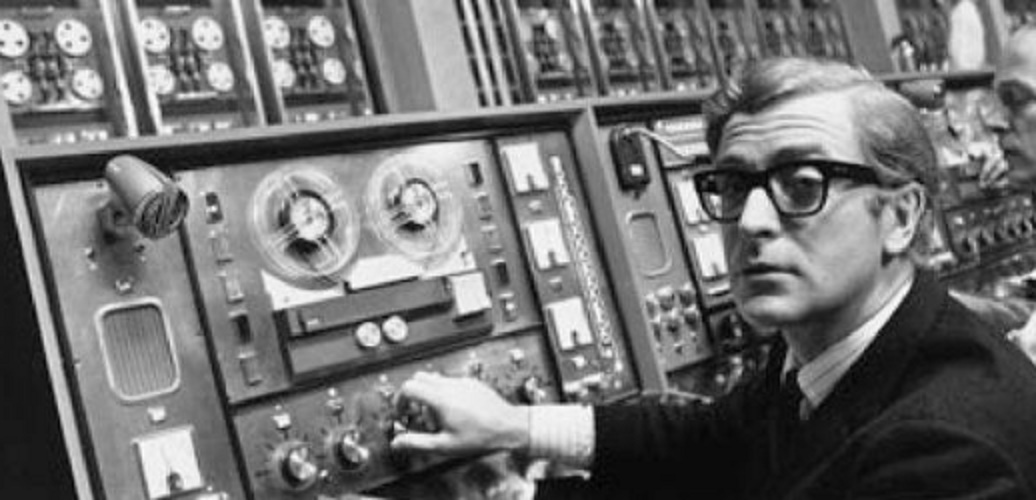What is computing?
We explain what computing is and what are its most important areas of study. In addition, history of computing, and evolution.
-
What is computing?
The concept of computing comes from the Latin computatĭo , this refers to the computation, as account. Computing is the science in charge of studying the systems, more precisely computers , that automatically manage information.
Within the computer sciences different areas of study can be distinguished:
- Data structure and Algorithms. An important study in computing is the structure of data and algorithms . For this, the last two are analyzed in order to solve the precise problems. In this area the mathematical analysis is elementary.
- Operating systems. Operating systems are also considered one of the most important areas. They are created and updated continuously to improve the functioning, improving failures and adapting them to the new needs of the market.
- Computer Architecture With regard to the area of computer architecture, new computers are created, faster and with better capabilities. The focus is usually on certain components, such as memories, CPUs and peripherals (input and output).
- Programming languages. Another elementary area in the study of computing is that of programming languages . The objective is to create new programming languages, which are more efficient and faster, with functionalities and overcoming capabilities.
-
History of computing

While the use of computers and their study has been widespread in recent decades, computer science has a long history. Already from the ancient civilizations, as the Romans and Greeks used mechanical instruments to account .
However, the first computer was created during the nineteenth century , it was called an analytical machine. This machine emerged with the objective of developing mathematical tables. Some years later, the English government would use them to make accounts. At the end of the forties of the twentieth century, the computer called Mark I was created at Harvard University. Attempts would continue throughout the United States with the support of the government.
When the number of designs began to increase they began to be classified by their characteristics in generations:
- First generation. Throughout the fifties, they were characterized by the fact that their programming was through machine language and designed with vacuum tubes. They also occupied entire rooms because of their large size and were too expensive. As in the second generation, the information that entered the machine was through punch cards.
- Second generation. This generation has boarded the sixties. During this generation, computers could process more data and were a bit smaller. It was during these years that communications between machines began to emerge. In turn, the first personal computers emerged, however they were very complex to use, it was necessary to know the programming.
- Third generation. It was during the third generation when production began to be serial. Computers could be managed through operating systems. Many of the techniques used in those years became standards that are used to this day.
- Fourth generation. The fourth generation is recognized by the appearance of microchips. This meant a milestone in computer science. The circuits not only began to be much smaller and faster, but they were much cheaper. That is why production increased significantly and many more people had access to them. This generation is also known as the Computer Revolution.
-
The impact on everyday life

Currently, computational technologies have allowed the reworking of traditional concepts of activities, in this way technologies began to transform people’s lives deeply and in all their activities:
- Traditional mail was replaced by sending and receiving email.
- The artist’s art underwent modification and became the production of digital drawings.
- The audio edition is fully digitized.
- The printing of books became the publication and digital edition in computer media that are both marketed via the Internet , among many other processes.
That is, the scope of computing is incalculable , the modification in the processes of the activities has already taken place and continues its progress in an unusual way, constantly transforming our lives and creating new personal requirements that require us to be aware of these new resources. , both to know and know about their use, and to know how to take advantage of them for a better personal and social well-being.





